

| State Level Govt. Exams |
|---|
| Books / eBooks |
|---|
| Mock Tests Series |
|---|
BUY Online Study Materials/Notes |
|---|
| Crash Course |
|---|
| Practice Sets |
|---|
| Je & Ae Exams |
|---|
| Coaching for Schools Students (K-12) |
|---|
| NCERT Solutions |
|---|
| Quick Links |
|---|
The Chhattisgarh Public Service Commission (CGPSC) conducts the Forest Ranger Exam for the recruitment of Forest Rangers in the state forest department. Here's a general overview of the CGPSC Forest Ranger Exam:
-
Notification: CGPSC releases a recruitment notification for the Forest Ranger position, detailing the eligibility criteria, exam pattern, syllabus, application process, and important dates.
-
Application Process: Interested candidates need to apply for the Forest Ranger exam through the official website of CGPSC. They must fill out the online application form, upload necessary documents, and pay the application fee within the specified deadline.
-
Admit Card: Eligible candidates receive the admit card for the written examination after the completion of the application process. The admit card contains details such as exam date, time, venue, and instructions for the exam.
-
Written Examination: The selection process typically begins with a written examination conducted by CGPSC. The exam consists of multiple-choice questions (MCQs) covering various subjects such as forestry, wildlife conservation, environmental science, general knowledge, and aptitude. Candidates need to qualify in this exam to proceed to the next stage.
-
Physical Test: Candidates who qualify in the written examination are usually required to undergo a physical test. The physical test assesses candidates' physical fitness and endurance through tasks such as walking, running, and other physical activities.
-
Interview: Candidates who clear the written examination and physical test are called for a personal interview. The interview panel evaluates candidates based on their knowledge, communication skills, problem-solving abilities, and suitability for the role of Forest Ranger. The interview may also include questions related to forestry, wildlife conservation, environmental issues, and current affairs.
-
Final Selection: The final selection of candidates is based on their performance in the written examination, physical test, and interview. A merit list of selected candidates is prepared, and appointment letters are issued to successful candidates.
Candidates should regularly check the official website of CGPSC for updates, notifications, and detailed information regarding the Forest Ranger recruitment process. Thorough preparation according to the prescribed syllabus and effective time management during the examination are crucial for success in the CGPSC Forest Ranger Exam.
Forest Ranger Exam Pattern
The selection will be done on the basis of written test (CGPSC Forest Service Exam) and Interview.
CG Forest Ranger Selection Process has two stages.
-
Stage 1: Written Exam (Paper 1 and Paper 2)
-
Interview
Plan of Examination
The Competitive Examination, to be conducted by the Commission, shall comprise the following, namely:-
(1) Written test shall be in two stages as given below, i.e., Preliminary stage for Compulsory Subjects and second stage for Interview.
- CGPSC Forest Assistant Written exam has two papers and objective questions.
- Each paper contains 150 questions.
- The period of papers is 2 hours 30 minutes each.
- One question carries two marks.
- No negative marking, sectional cut-off.
Syllabus for Forest Ranger Exam click here
CGPSC Forest Ranger Syllabus
QUESTION PAPKR - 01 : Part - I - General Studies
1. History of Chhattisgarh and Role of Chhattisgarh In the Independence Movement.
2. Geography, Environment, Physical Directions, Census. Archaeology and places of Tourist interest in Chhattisgarh.
3. History, Music, Dance, Art and Culture, Riddles. Proverbs, local proverbs of Chhattisgarh.
4. Tribal, Special, Traditions, Festivals of Chhattisgarh.
5. Economy, forest and Agriculture of Chhattisgarh.
6. Administrative Setup, local administration and PanchayatI Raj in Chhattisgarh.
7. Industries, Energy, Water and Mineral Resources of Chhattisgarh,
8. Current Affairs of Chhattisgarh.
Part -2 - Language (Hindi, English and Chhattisgarh)
(1) General Hindi Language - Comprehension, Understanding. Precis Writitig, Synonyms and Antonyms, Homonyms and their meaning, meaningful words for a phrase. Vocabulary and usage. Compound words and their separation. Words taken from Sanskrit language as it Is and with some changes, word and sentence correction. Prefix atid Suffixes, Proverbs (meaning and use), letter writing, Different phases and nomenclature of the History of Hindi literature Writers
of Chhattisgarh and their works.
(2) General English - Comprehension. Precis Writing. Re arrangetnent and Correction of Sentences, Synonyms, Antonyms, Filling the Blanks, Correction of Spellings. Vocabulary and usage. Idioms and Phrases. Tenses, Prepositions. Active Voice and Passive voice. Parts of Speech. Translation-English to Hindi. Letter Writing.
(3) Clihattisgarhi Language - Knowledge of Chhattisgarhi language. History and development of Chhattisgarhi language, literature of Chhattisgarhi language and laureates. Chhattisgarhi grammar, Hindi to Chhattisgarhi and Chhattisgarhi to Hindi Administrative Dictionary.
Part -3 - Intelligence Test. Analytical and Logical Ability
1. Communication Skills and Mutual Skills.
2. Logical reasoning and ability to analyze.
3. Decision making (Development and Problem Solving)
4. General Mental Ability
5. Basic Statistical Works (General Mathematics Ability) (level - Class
X) Analysis of numbers. (Chart, underlines. Tables
QUESTION PAPER - 02 : SCIENCE, TECHNOLOGY, ENVIRONMENT, AGRICULTURE & FORESTRY
PARI - 01 - CHEMISTRY
Rate of chemical reaction and chemical equilibrium - Preliminary knowledge of rate of chemical reaction. Fast and slow chemical reactions. Reversible and irreversible chemical reactions. Reversible reaction and dynamic nature of equilibrium Acids and bases. pH scale (simple numerical questions. Exothermic and endothermic reactions. Some important chemical compounds - properties and uses. Method of production manufacture (water, washing soda, baking soda, bleaching powder and plaster of Paris] preparation of building rnaleriai-limc cement glass and steel Metals - Position of metals in the periodic table and general properties. Metal, mineral ore. Differenced between mineral and ore. Metallurgy - concentration, roasting, smelting refining of ores. Metallurgy of copper and Iron corrosion of metals. Alloys Nonmetals - position of nonmetals in the periodic table. Preparation properties and use of Hydrogen Oxygen and nitrogen. Some important organic compounds - laboratory method of preparing alcohol and acetic acid, properties
and uses some general artificial polymers. Polythene, polyvinyl chloride Teflon soap and detergents.
PART - 02- PHYSICS
Source of Energy - Conventiojial and new sources of energy, sources of solar energy, causes of origin of energy in the sun, solar heating devices. Solar cooker solar cell, wind energy, hiogas, fossil fuels, ideal fuel properties of ideal fuel. Nuclear energy, nuclear fission fusion, chain reaction, nuclear reactor uses and harms of nuclear energy. General information about CREDA Light - nature of light reflection of light, laws of reflection, reflection from plane and curved
surface, image formation by plane convex and concave mirror, relation hefween focal length and radius of curvature determination of focal length of concave mirror by single pin method. [Relation between u-v-f] numerical examples. Refraction of light - laws of refraction, refraction by glass slab, critical angle, total internal reflection, use of total internal reflection in daily life. Lens converging and diverging lens. Definition focal length optical centre image formation by lens. Human eye, its defect and remedies. Comparison between photographic camera and human eye. Simple telescope
and astronomical telescope. Construction working uses, ray diagram (no formula derivation). Flcctricity and its cITccts - electric intensity, potential , potential difference, electric current ohtn's law. Resistance specific resistance inlluencing factors, combination ofresistance and related numerical examples thermal effect of current it's use. calculation of power and electrical energy spent (numerical) precautions observed in electric experiments. Chetnical effects of electric current. Primary and sccondaix' cells their properties and drawback. I.eclanche cell, dry cell, lead accumulator cell,
construction. Magnetic effect of current - Magnetic effect ofcurrent. Oersted experiment, elector magnetic induction, electric motor, working principle and use of generator, general studies ofaltemating current and direct current, electric discharge in gases, discharge tube, cathode rays. X-rays and their properties, magnetism - Magnet and it's types artificial magnet, methods of preparing magnets, molecular theory of magnetism, demagnetization, magnetic keepers,
magnetic lines of force and their properties. Plotting the lines of force Terrestrial magnetism magnetic storm, magnetic meridian geographical meridian, relation between VHI and 0 (Theta).
PART - 03 : BIOLOGY
Anitiial nutrition - Types of nutrition, Autotrophic nutrition, heterotrophic nutrition, Holozoic, Parasitic, Saprophytic, Symbiotic. Insectivorous Important terms of nutrition process. Digestion in unicellular cell animal (amoeba) and multi cellular animal grass hopper. Hutnan digestive system and digestive process. Photosynthesis, amino acid metabolism steps of the process light reaction and dark reaction, factors influencing photosynthesis. Experitnents related to photo synthesis. Respiration - Definition respiratory organs of animals breathing and respiration. Types of respiration. Aerobic and anaerobic respiration, respiratory system of human being and mechanism of respiration (general information)
respiratory quotient (RQ) of carbohydrate, fat and protein. I ransport of mineral and water in plants and aniinals (in context of human being). Composition and function of blood, structure and working ol heaif. structure and function of blood vessels (preliminary knowledge) coagulation of blood, blood group, blood transfusion, blood bank, function of lymph system diseases related to heart. Excretion - excretion in plants and excretory product. Excretion in animal and
excretory organs. Excretion systctn of man and excretion process (general information) artificial kidney dialysis. Osmoregulation Diseases related to kidney. Control and Coordination - Coordination in plants and animal phytoharmones. Nervous system of human being. Structure and function of human Brain and Spinal cord, reflex action,
endocringe glands harmone and their function. Reproduction and growlh - type of reproduction Asexual reproduction fission, budding, regeneration, vegetative reproduction, layering cutting, grafting, porthcnogcnesis. Sexual reproduction in plants, structure of flower and reproduction process (general infbnnation) pollination tertilization. Human reproductive system and reproduction process, fleredity and evolution - heredity and variation basis of heredity chromo some
DNA (Preliminary information) gene sex determination preliminary knowledge of organic evolution (Oparin's theory only)
PART - 04 - TECHNOLOGY
National policy of science and technology and changes in the policy from time to time, purpose of technology. Space programme in India and its applications with special reference to industrial, agricultural and other rural developmental activities, INSAT and IRS systems. Role of information Technology in Rural India, basis knowledge of computers. Computers in communication and broadcasting, software development for economic growth. Broad applications of IT. Energy Resources ; Energy demands, renewable and nonrenewable energy resources unclear energy, the development
and its utilization in the Country. Current Science & Technology Developments in India origin of agriculture. Progress ofAgricultural Science and its impacts. Crop science in India, Fertilizers, control of pests and disease scenario in India.
PART - 05 - ENVIRONMENT
Bio-diversity and its conservation-General introduction - definition, species and genetic diversity. Bio-geographic classification of India, Importance of Bio-Diversity-Constructive and Destructive application. Importance of social, moral and alternative vision. Global National and Local level Bio-diversity, India as a wide diversity nation, Hotspots of Biodiversity, threats to biodiversity. Residential damage, damage to wildlife, humans and wild animals struggle. India's
threatened (endangered) and local species. Conservation of bio diversity. Topological and No topological conservation. Environmental pollution - Reason effect and conservation - Air pollution water pollution, see pollution, soil pollution, sound/noise pollution, thermal pollution, nuclear pollution, solid waste management - Urban and Industrial solid waste management reason effect and control. Human role in pollution control. Disaster Management, Floods, Earthquake.
Cyclones and Landslide. Human Population and Environment, Population growth. Variation in the population in various countries. Population explosion and family welfare Programme Environment and Human health.
PART - 06 - AGRICULTURE
• Ecology and its relevance to man, natural resources, their sustainable management and conservation. Physical and social environment as factors of crop distribution and production. Climatic elements as factors of crop growth, impact of changing environment on cropping pattem as indicators of environments.
• Environmental pollution and associated hazards to crops, animals, and humans. Cropping pattern in different agro-climatic zones of the country. Impact of high-yielding and short-duration varieties on shifts in cropping pattem. Concepts of multiple cropping, multistorey, relay and intercropping, and their importance in relation to food production. Package of practices for production of important cereals, pulses, oil seeds, fibres, sugar, commercial and fodder crops grown during Kharif and Rabi seasons in different regions of the country. Important features, scope and propagation of various types of forestry plantations such as extension, social forestry, agro-forestry, and natural forests.
• Weeds, their characteristics, dissemination and association with various crops; their multipl ication; cultural, biological and chemical control of weeds. Soil-physical, chemical and biological properties. Processes and factors of .soil formation. Modem classification of Indian soils, Mineral and organic constituents of soils and their role in maintaining soil productivity. Essential plant nutrients and other beneficial elements in soils and plants. Principles of soil fertility and
its evaluation for judicious fertilizer use, integrated nutrient management. Losses of nitrogen in soil, nitrogen-use efficiency in submerged rice soils, nitrogen fixation in soils. Fixation of phosphorus and potassium in soils and the scope for their efficient use. Problem soils and their reclamation methods.
Soil conservation planning on watershed basis. Erosion and run-off management in hilly, foot hills, and valley lands; processes and faetors affecting them. Dry land agriculture and its problems. Technology of stabilising agriculture production in rain fed agriculture area.
Water-use efficiency in relation to crop production, criteria for scheduling irrigations, ways and means of reducing run-off losses of irrigation water. Drip and sprinkler irrigation. Drainage of water logged soils, quality of irrigation water, effect of industrial effluents on soil and waterpollution.
Farm management, scope, important and characteristics, farm planning. Optimum resources use and budgeting. Economics of different types of farming systems.
Marketing and pricing of agricultural inputs and outputs, price fluctuations and their cost; role of cooperatives in agricultural economy; types and systems of farming and factors affecting thetii.
Agricultural extension, its importance and role, methods of evaluation of extension programmes, socioeconomic survey and status of big, small, and marginal fanners and landless agricultural labourers; farm mechanization and its role in agricultural production and rural employment. Training programmes for extension workers; lab-toland programtnes.
Cell Theory, cell structure, cell organellcs and their function, cell division.
Nucleic acids-structure and function, gene structure and function, l.aws of heredity, their significance in plant breeding. Chromosome structure, chromosomal aberrations, linkage and cross-over, and their significance in recombinafion breeding. Polyploidy. euploidy and aneuploidy. Mutation-micro and macro-and their role in crop improvement. Variation, components ofvariation. Heritability, sterility and incompatibility.
Classification and their application in crop improvemetit. Cytoplasmic inheritance, sex-linked, sex influenced and sex-limited characters,
Hiistory of plant breeding. Modes of reproduction, selling and crossing techniques. Origin and evolution of crop plants, centre of origin, law of homologous series, crop genetic resources-conservation and utilization. Application of principles of plant breeding to the improvement of major Held crops. Pure-line selection, pedigree, mass
and recurrent selections, combining ability, its significance in plant breeding. Hybrid vigour and its exploitation, backcross method of breeding, breeding for disease and pest resistance, role of interspecific and inter-generic hybridization Role of biotechnology in plant breeding. Improved varieties, hybrids, composites of various crop
plants.
Seed technology, its importance, fififferent kinds of seeds and their seed production and processing techniques. Role of public and private sectors in seed production, processing and marketing in India.
Physiology and its signillcance in agriculture. Imbibitions, surface tension, diffusion and osmosis. Absorption and translocation of water, transpiration and water economy. Enzymes and plant pigments; photosynthesis-modern concepts and factors affecting the process, aerobic and non-aerobic respiration; C, C and CAM mechanisms. Carbohydrate, protein and fat metabolism.
Growth and development; photo-periodism and vernalization. Auxins, hormones, and other plant regulators and their mechanism of action and importance in agriculture. Physiology of seed development and germination; dormancy.
Climatic requirements and cultivation of major liiiits, plants, vegetable crops and flower plants; the package ot practices and their scientific basis. Handling and marketing problems of fruit and vegetables. Principal methods of preservation of important fruits and vegetable products, processing techniques and equipment. Role of fruits and vegetables in human nutrition. Raising of ornamental plants, and design and layout of lawns and gardens.
• Diseases and pests of field vegetables, orchard and plantation crops of India. Causes and classification of plant pests and diseases. Principles of control of plant pests and diseases Biological control of pests and diseases. Integrated pest and disease management. Epidemiology and forecasting. Pesticides, their formulations and modes of action. Compatibility with rhizobial inoculants. Microbial toxins. Storage pests and diseases of cereals and pulses, and their
control.
• Food production and consumption trends in India. National and international food policies. Production, procurement, distribution and processing constraints. Relation of food production to national dietary pattern, major deficiencies of calorie and protein.
PART - 07 - FORESTRY
Silviculture-General, Silviculture-System. Silviculture-Mangrove and cold desert. Silviculture of trees, Agroforestry, Social Forestry, Joint Forest Management and Tribology, Forest Soil, Soil Conservation and Watershed Management, Environment Conservation and Biodiversity (including pollution). Tree Improvement and few technology, Forest Management and Management Systems, Forest Working Plan, Forest Mensuration and Remote Sensing. Survey and
Forest Engineering, Forest Ecology, Ethno Botany, Forest Resources Utilisation, Forest Protection and Wildlife Biology, Forest Economics and Legislation.
What Does a Forest Ranger Do?
Forest Ranger is trained to handle many of the situations that may arise in the forest. He supervises the work of timber extraction, camp organization, survey, road and tramline aligning constructions, regeneration survey, plantation, nursery, conversion of timber in mill, timber disposal, timber export, depot organization, marking, enumeration and other preliminary works. While this is often a part of the job, forest rangers may be involved in a wide range of activities, including:
- Planting seedlings
- Monitoring seedling growth and inspecting tree stands for signs of pests and disease
- Spraying or injecting pesticides to protect trees and shrubs
- Counting numbers of trees examined during forest inventories
- Removing diseased trees with hand or power equipment
- Loading cut trees onto trucks
- Operating skidders and trucks
- Preventing fires through construction of fire lines
- Fighting forest fires
- Improving trails
- Conducting informational and educational programs
- Participating in search and rescue missions
- Maintaining and repairing agency vehicles
- Collecting GPS data with handheld global positioning systems (GPS) devices



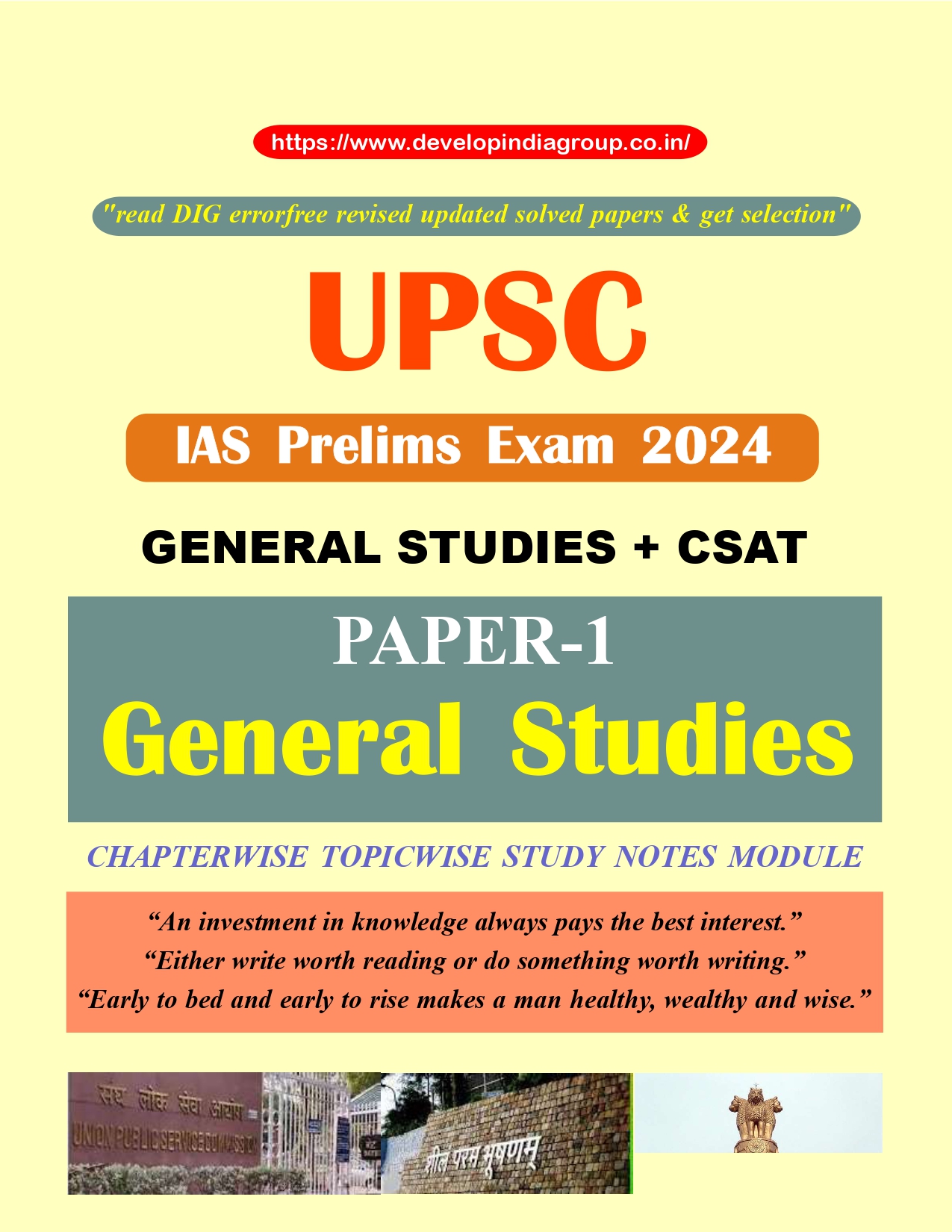
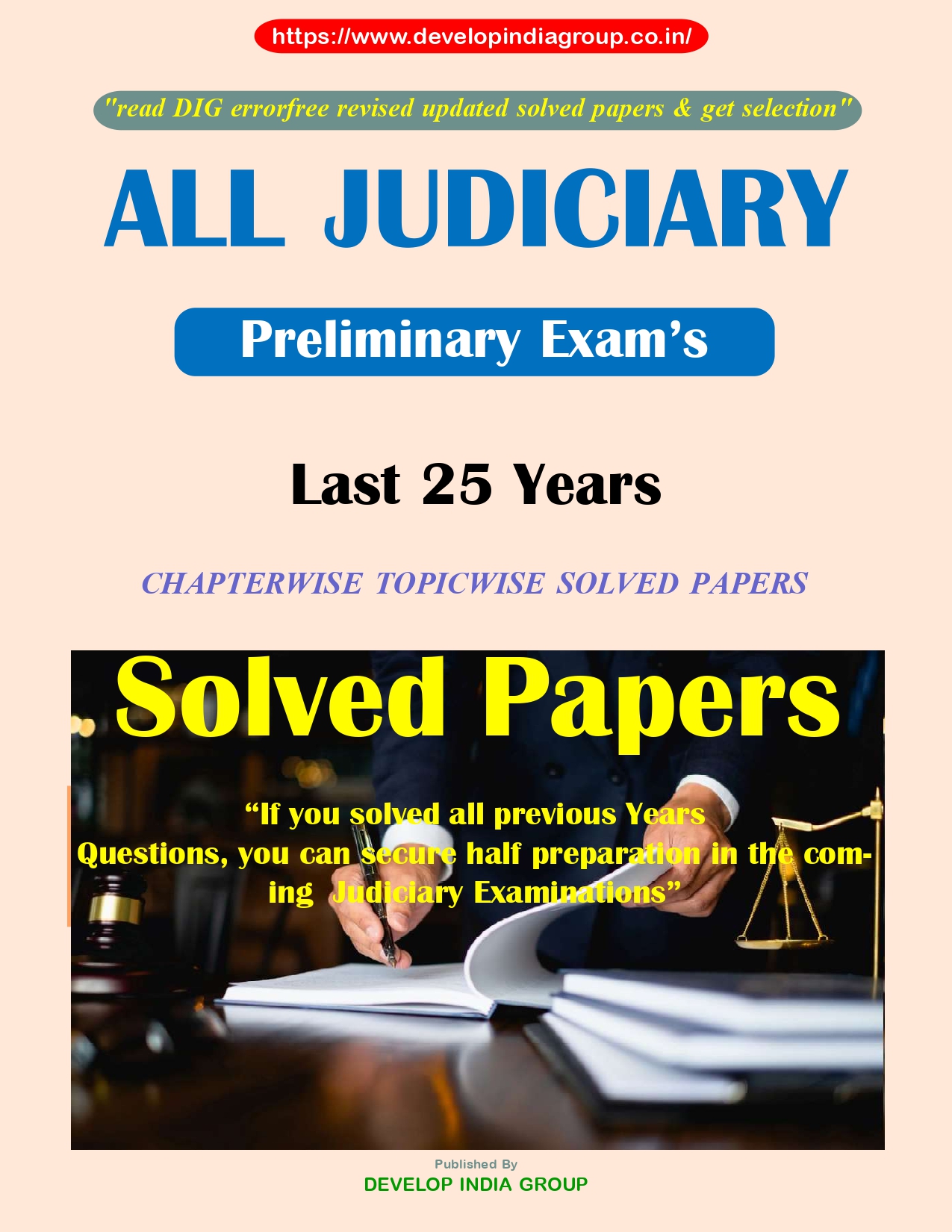


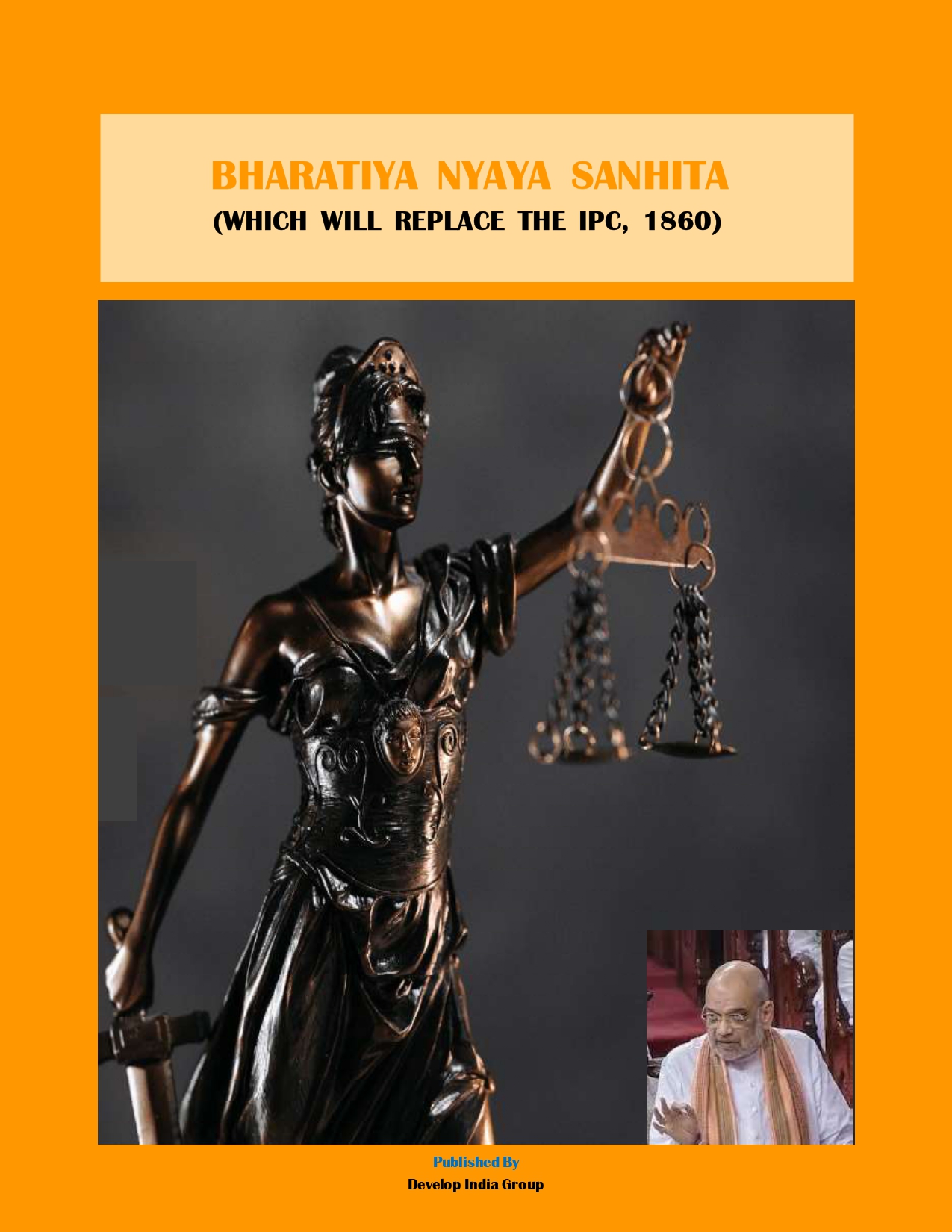
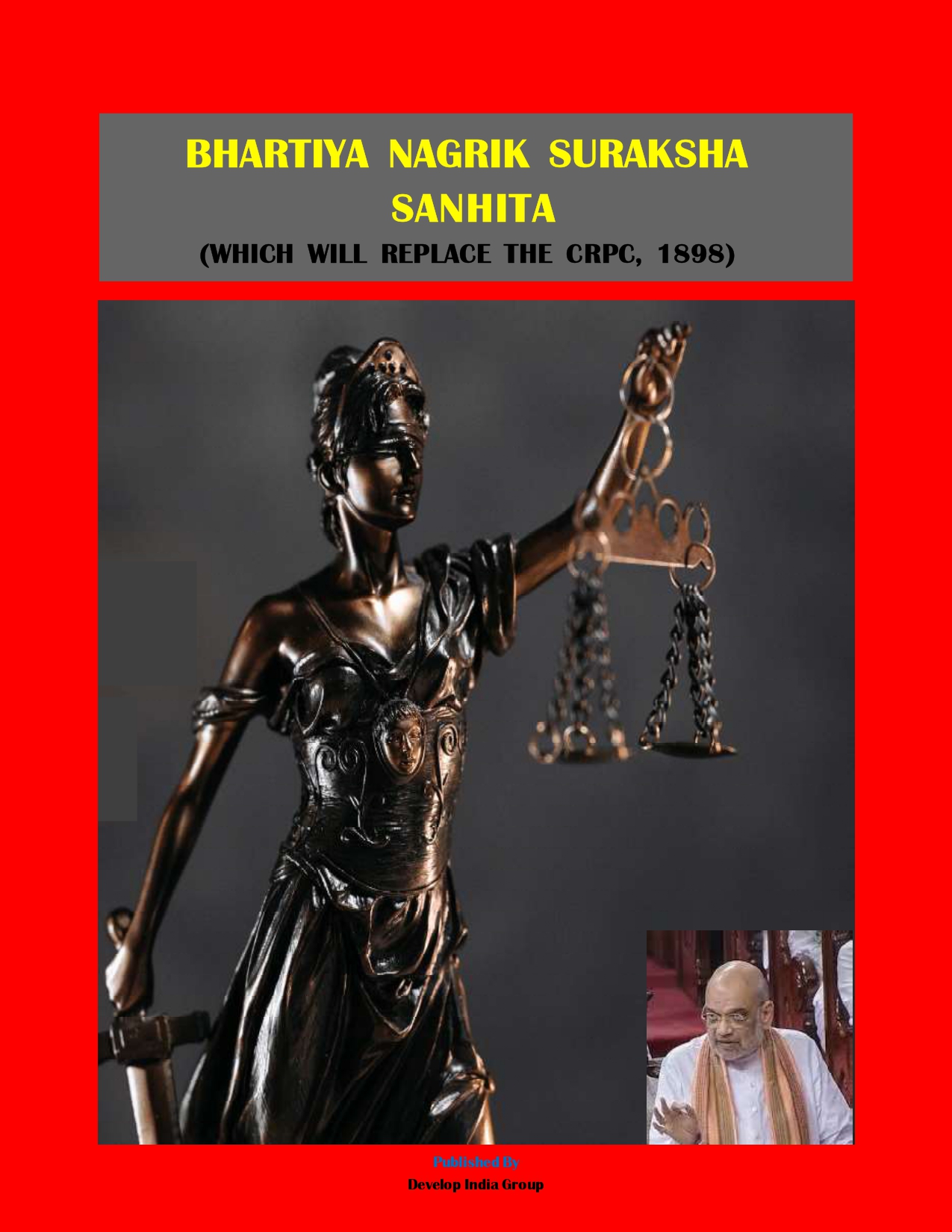



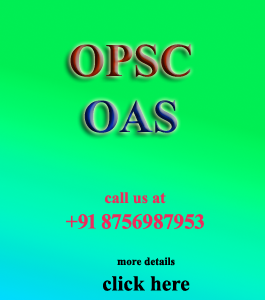



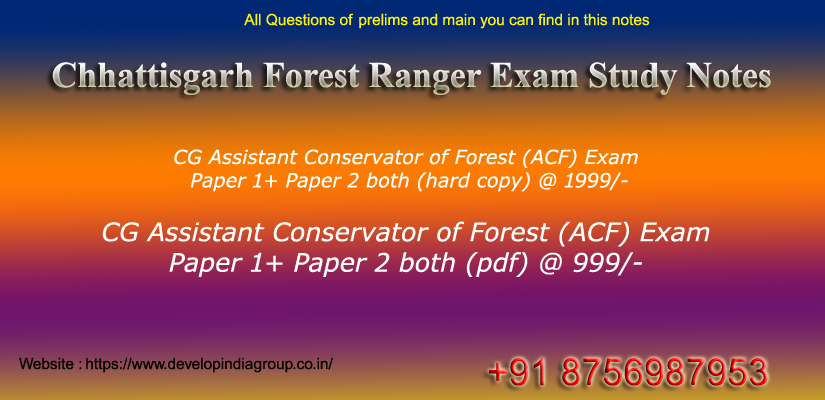



 or
or  or
or  on this number 8756987953
on this number 8756987953 







